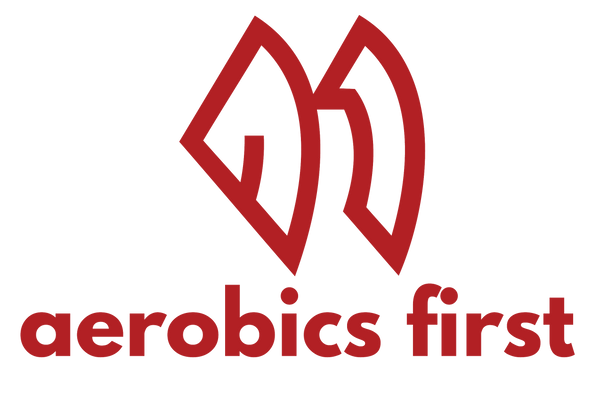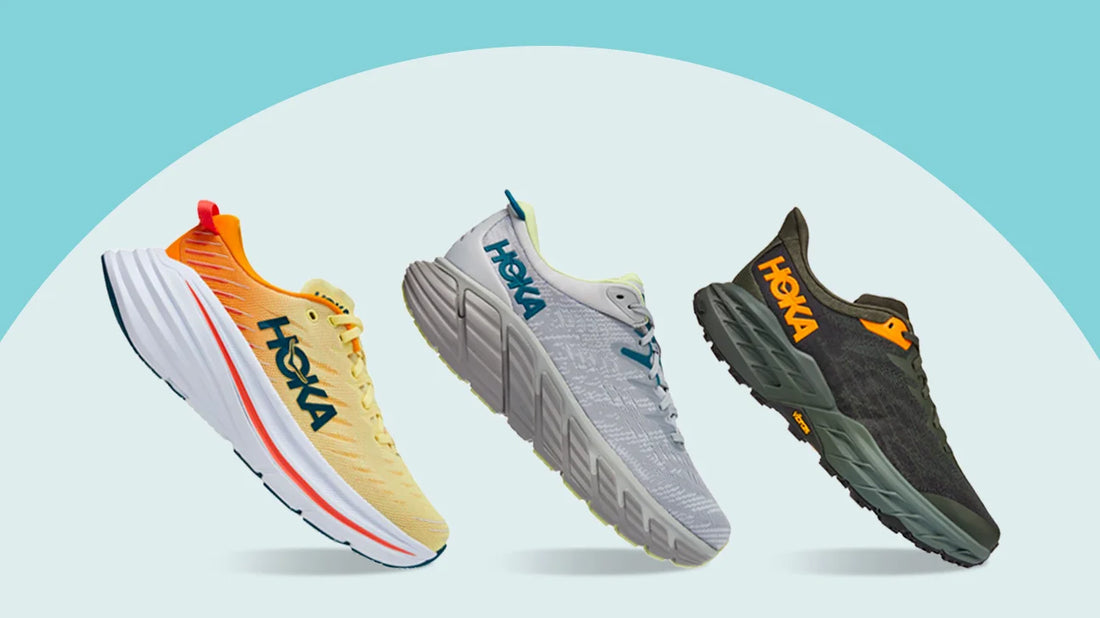Are you in pursuit of exceptional comfort and top-notch performance in your footwear? Look no further than Hoka Shoes. In this comprehensive article, we delve deep into the world of Hoka running shoes, exploring their suitability for various activities, answering key questions, and providing you with in-depth insights to make informed decisions.
Are Hoka Shoes Good for Walking?
Hoka shoes are renowned for their plush cushioning and superior comfort, making them an excellent choice for walking enthusiasts. The thick midsoles provide exceptional shock absorption, ensuring each step feels lighter on your feet. Whether you're strolling through the park or embarking on a lengthy walking excursion, Hoka shoes offer the support and comfort you need.
How to Read Hoka Shoe Labels?

Hoka shoe labels, typically located on the inner side of the shoe, contain a wealth of information that can assist you in selecting the perfect pair for your needs.
Demystifying Shoe Size and Width
The label's first set of information reveals the shoe's size and width. Sizes usually span from 6 to 13, with widths ranging from narrow to extra wide. Understanding your exact size and width is crucial in ensuring a comfortable fit. When in doubt, it's advisable to opt for a slightly larger size if your measurement falls in between sizes and a wider size if your foot's width is between categories.
Decoding Upper Materials
The upper part of your Hoka running shoe is typically crafted from either synthetic or mesh materials. Synthetic materials offer enhanced durability and support, making them ideal for rigorous activities. Conversely, mesh materials prioritize lightweight breathability, perfect for those seeking a more ventilated experience. Familiarizing yourself with the upper material allows you to make an informed choice based on your specific requirements for support and breathability.
Understanding Hoka shoe labels is crucial for making informed choices. Let's break down some common terms you might encounter:
- Hoka Model Name: This identifies the specific shoe model, like the Hoka Clifton or Hoka Bondi.
- Drop: This indicates the height difference between the heel and forefoot, helping you determine the shoe's incline.
- Width: Hoka offers various width options to cater to different foot shapes and sizes.
- Support Type: Hoka shoes are categorised as neutral, stability, or motion control, providing options for varying levels of support.
Are All Hoka Shoes Rocker Bottom?
Most Hoka shoes are equipped with a rocker-bottom sole, characterized by a curved shape that promotes a smooth and efficient stride. However, some Hoka models incorporate stability features and may have a less pronounced rocker. It's essential to consider the specific model's design when selecting Hoka shoes to ensure they align with your preferences and needs.
Are Hoka Shoes Good for Achilles Tendonitis?
Hoka shoes, with their ample cushioning and support, can be a suitable choice for individuals dealing with Achilles tendonitis. The cushioned midsoles minimise stress on the Achilles tendon during each step, potentially reducing discomfort. To further enhance your comfort, consider models with extra cushioning and a snug fit around the heel area such as the Hoka Bondi 8.
Are Hoka Shoes Good for Arthritis and Back Pain?
Yes, Hoka shoes are often recommended for individuals with arthritis and back pain. The generous cushioning and shock absorption properties of Hoka footwear can help alleviate pressure on joints and the lower back, providing much-needed relief. For those with specific concerns, Hoka offers models with enhanced arch support and cushioning to address these issues comprehensively.
Are Hoka Shoes Good for HIIT Workouts?
Hoka shoes are primarily designed for running and walking, and while they excel in these areas, they may not be the best choice for high-intensity interval training (HIIT). HIIT workouts involve a combination of activities, including jumping and lateral movements, which require shoes with more lateral stability and a flatter sole. However, HIIT sessions with a more cardio focused approach would be suited for a Hoka shoe to soften impact from jumping and running.
![]()
Discover Hoka Shoes Exclusively at Aerobics First👟
Are Hoka Shoes Good for Morton's Neuroma?
Hoka shoes can provide relief for Morton's neuroma, a painful condition involving a pinched nerve in the foot. The cushioning in Hoka shoes can reduce pressure on the affected area, potentially easing discomfort. To optimise your comfort, choose models with wide toe boxes that offer ample room for your toes to splay naturally. To achieve optimal symptom relief, consult a professional shoe fitter about adding an addition insole to help with fitting with a Morton’s Neuroma.
Are Hoka Shoes Good for Standing All Day?
Absolutely! Hoka shoes are an excellent choice for those who spend extended hours on their feet. The exceptional cushioning and support help reduce fatigue and discomfort, making them a favourite among professionals who require all-day standing. Teachers, healthcare professionals, and service industry workers often rely on Hoka shoes for their unmatched comfort during extended shifts.
Are Hoka Shoes Good for Training and Gym Workouts?
While Hoka shoes are primarily designed for running and walking, they can also be suitable for gym workouts. Their cushioned midsoles provide comfort during weightlifting and cardio exercises. It's essential to choose shoes that match your specific workout routines to maximise your performance and minimise the risk of injury.
Are Hoka Shoes Slip-Resistant?
Hoka shoes come in a variety of models, some specifically designed as slip-resistant footwear. The Hoka Bondi 8 SR (available at Aerobics First) is designed with an outsole that is more durable and slip resistant than the original Hoka Bondi 8 and will provide superior traction on slippery surfaces, reducing the risk of accidents and falls.
Discover Hoka Shoes Exclusively at Aerobics First👟
Are Hoka Shoes Vegan?
Hoka offers a selection of vegan-friendly shoe options, catering to those who prefer animal-free products. These shoes do not contain any animal-derived materials, ensuring ethical and environmentally conscious choices. When browsing Hoka's product offerings, look for shoes labelled as "vegan" or "animal-free" to make your selection in line with your values.
Do Hoka Shoes Fit Orthotics?
Many Hoka shoes feature removable insoles, allowing you to use custom orthotics for enhanced comfort and support. Check the specific shoe model's details to ensure compatibility with orthotics. This flexibility ensures that individuals with orthotic needs can enjoy the exceptional comfort and performance that Hoka shoes offer.
Are Hoka Shoes Good for Plantar Fasciitis?
Hoka shoes with their ample cushioning and arch support can be beneficial for individuals dealing with plantar fasciitis. The cushioning helps reduce strain on the plantar fascia, potentially alleviating discomfort and promoting a more comfortable walking or running experience. When selecting Hoka shoes for plantar fasciitis, consider models with enhanced arch support and cushioned insoles for optimal relief.
Exploring the Versatility of Hoka Shoes
Hoka shoes come in a wide range of models for both men and women, ensuring there's a perfect fit for every individual. Whether you're a seasoned runner, a dedicated walker, or simply seeking all-day comfort, Hoka has you covered.
Discover the exceptional comfort and performance of Hoka shoes today. Explore our extensive collection, featuring Hoka running shoes, walking shoes, and much more. Make every step a comfortable and enjoyable experience with Hoka footwear.
Discover Hoka Shoes Exclusively at Aerobics First👟
Conclusion
Hoka shoes have carved a niche for themselves in the world of athletic footwear, known for their unmatched comfort and support. From walking to running and everything in between, Hoka shoes cater to diverse needs and preferences. Whether you're an athlete seeking top-tier performance or someone looking for all-day comfort, Hoka has the perfect pair for you.

